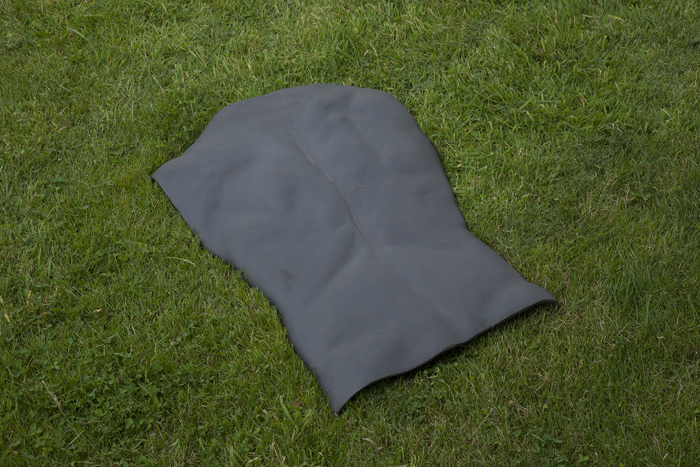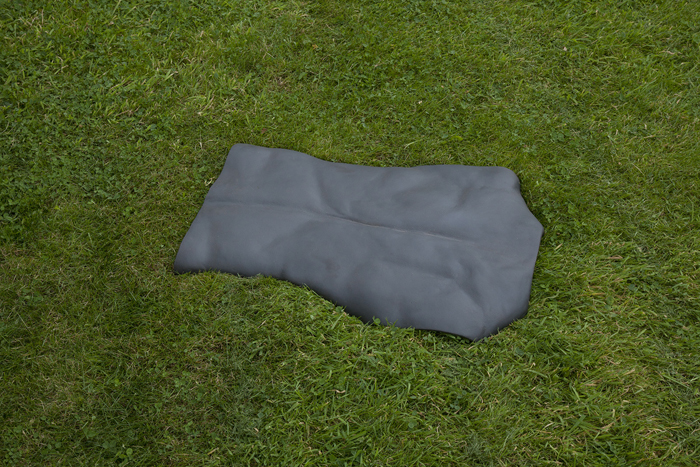Can you feel it? How your warmth and the coldness of the object converge and are
absorbed by each other. I suppose it doesn't matter that only one of you has a heart.
There are several ways in which that wonderful feeling can be attained. There is physical
contact, there are one or more replicas of the thing, to have it within reach, to fantasize
about what you can do together, look at a picture of it. Simply concentrating on it can
push you over the edge.*
An edge is the form's sharp boundary, with the world and with itself. We are all thi-
cknesses surrounded by air on all sides. Depths with a surface. It's all the same
whether you cut through it or her or him. The difference is in the gaze, and how
you pretend to press the settings crop, crave, appraise, interfere, reset. And a diffe-
rence in the love between person and person, and person and object, is that in the
one case you can be deliberately abandoned. You are abandoned, you see a back. It
is a whitish transparent shell, which slowly disappears from your field of vision into
the wall.
*This is a excerpt from an interview with an objectum sexual person. |
You place a transparent vessel full of water over the body. And capture the move-
ment for a moment.
You sculpt according to the image. In some places the image is unsharp, and you
have to imagine how the curve should be. You disappear into a space between
form and surface, where the hand thinks like the eye, where nothing else exists.
Like standing with one foot in the graspable, which is to say, what the hand lite-
rally can grasp, and with the other in that which you cannot touch, but are drawn
towards: the image. Love is held in check by a precise distance between these two.
Both may be called replacement, ideal or real. It changes.


|

